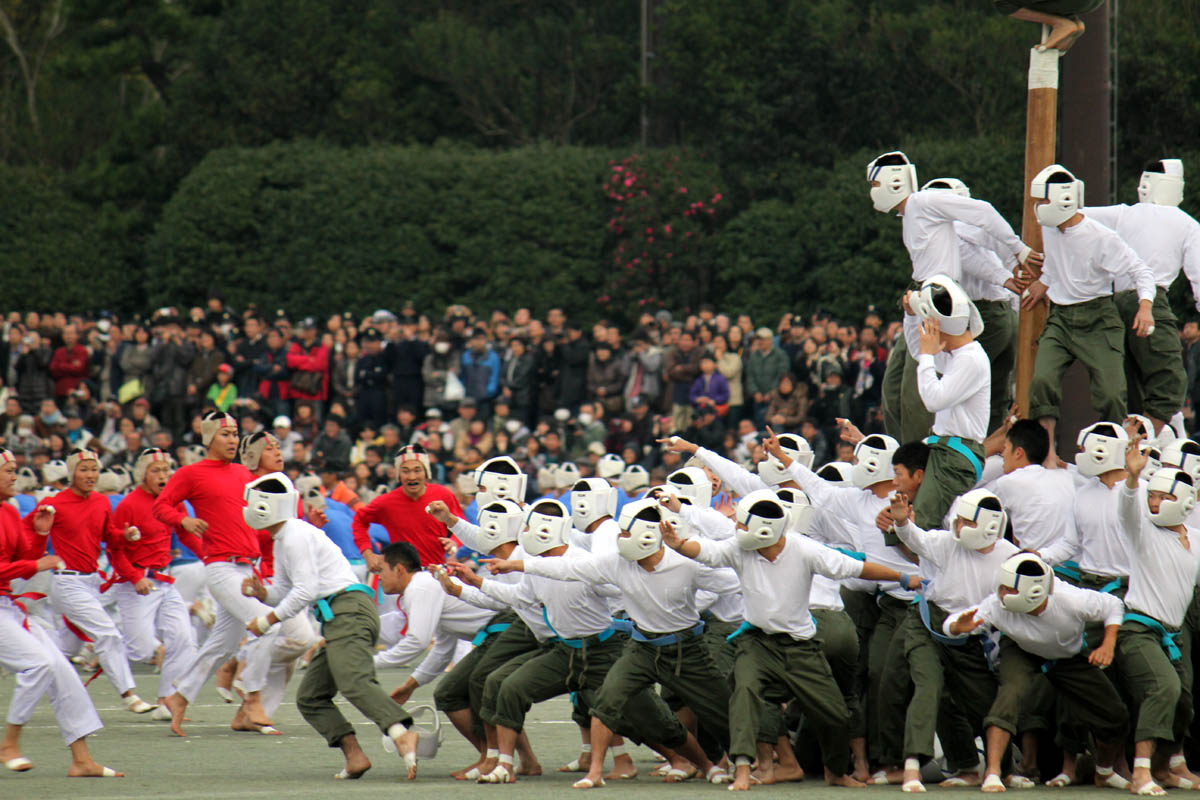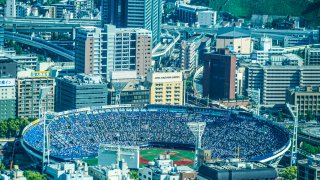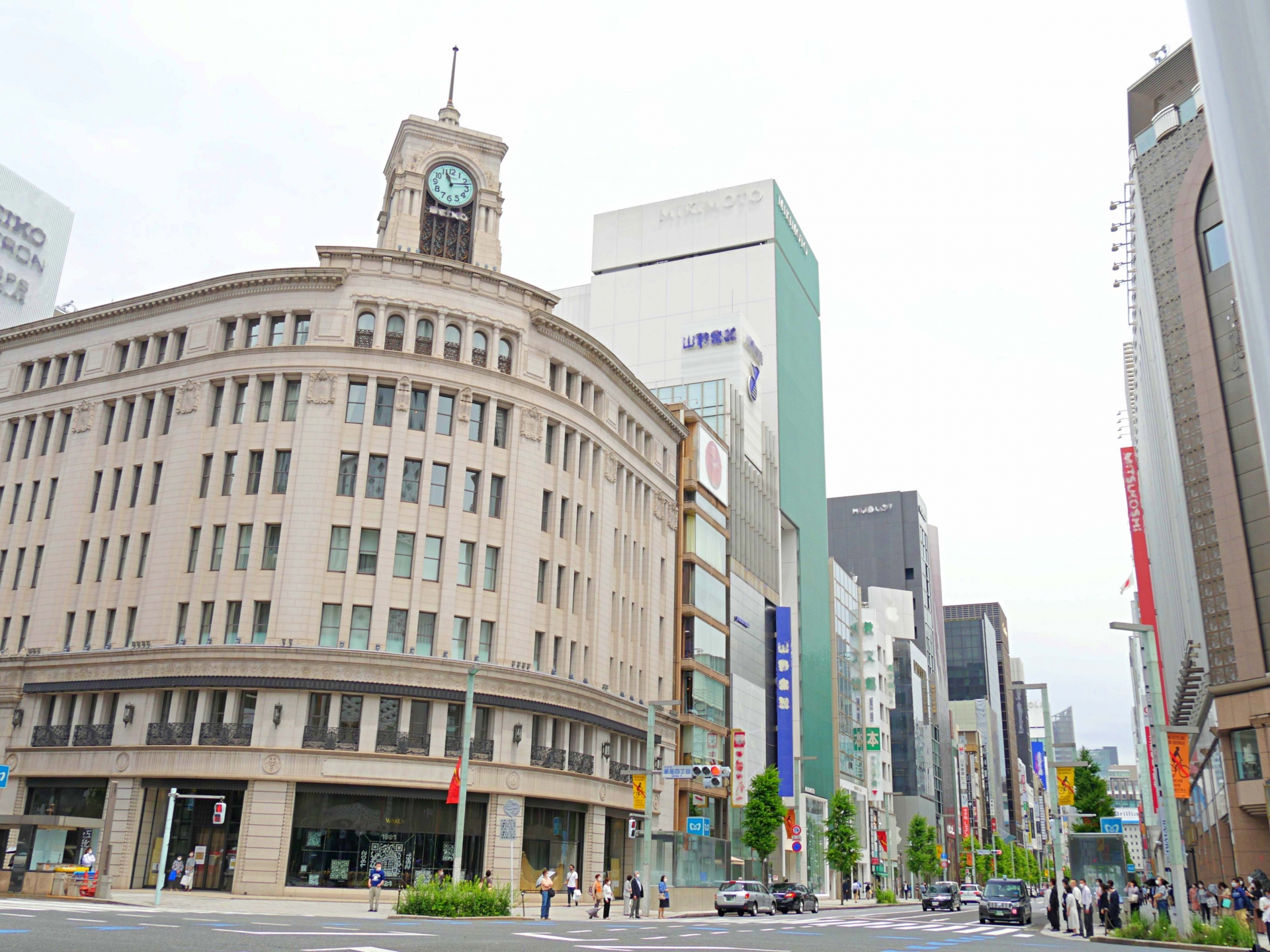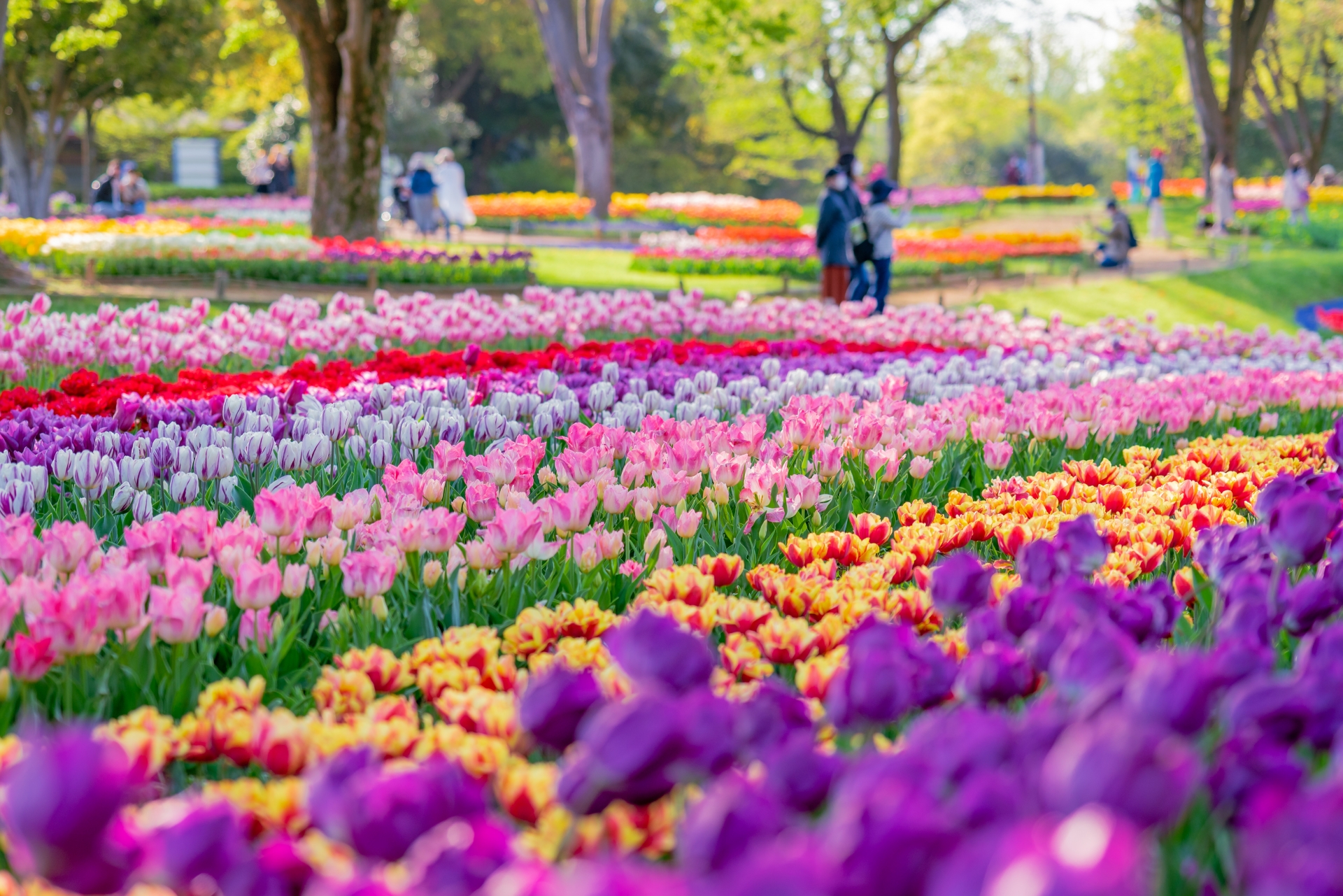
Stefanie Akkerman moved from the Netherlands to Japan in 2013 with her Japanese husband and son. She jumped into the niche of Dutch tour guiding in Tokyo and Kamakura in 2015 and occasionally writes articles about all the great sights and activities Japan has to offer. She loves (Japanese) food, and to work that all off she goes diving, snorkeling, cycling, or hiking.
This post may contain some affiliate links. When you click through and make a purchase we may receive some commission, at no extra cost to you.
While many Japanese people enjoy watching and playing sports like soccer and baseball, there are also many unique and unusual sports in Japan that originated here and almost can’t be found anywhere else in the world. Of course, there are many martial arts among Japan’s original sports, some of which have become popular worldwide, but there are also sports and games you have probably never heard of before. Let us introduce you to 10 of Japan’s most unique traditional sports!
1. Sumo
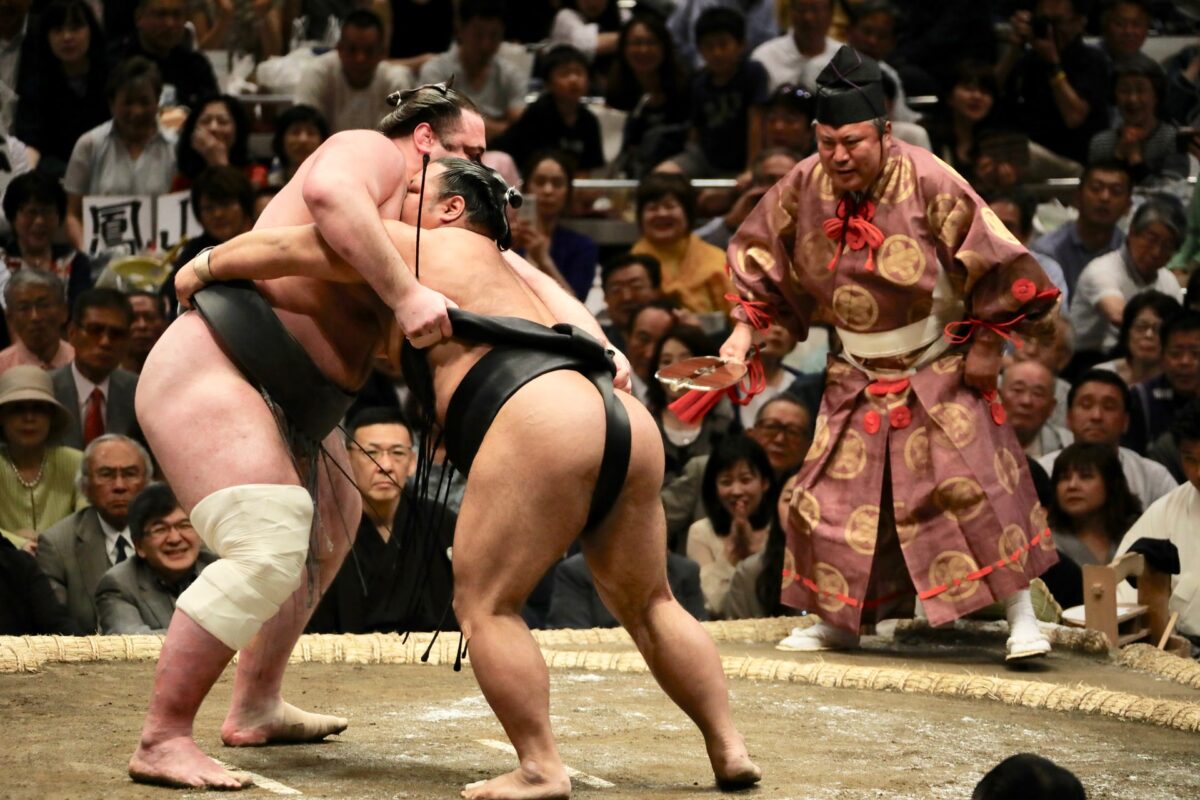
Sumo, a form of competitive wrestling that was developed from what was first a religious ritual and then a way to train an army, is inextricably connected to Japan’s culture and history. Today, the sumo grand tournament’s are still laced with Shinto rituals and it is a very interesting event to watch. In short, the goal is to push your opponent out of the ring or let him fall down, and this is often done using all kinds of sumo-specific techniques. Bouts only last for a short time, so the excitement reaches fever pitch during a bout and during the down time, people in the audience enjoy good food and drinks.
Are you interested in seeing sumo up close and personal in Japan? We have an amazing tour of a sumo stable where you can see the wrestlers do their morning training routine right in front of you! It is truly a special experience that you won’t get anywhere else. Be sure to book soon as this tour tends to sell out quick!
▼ Experience the clash of sumo giants at the electrifying final tournament in Fukuoka this November. Don’t miss this chance to witness the pinnacle of Japanese Sumo -get your tickets now!
Book here: Tour to Sumo Stable and Watch Sumo Morning Training with audio guide!
2. Bo Taoshi

Once a year, elementary, junior high school, and high school students have an ‘undokai’, or sports day. On this day, parents, siblings, and sometimes even grandparents come to the school to witness the kids compete in all kinds of sports and perform a dance that they rehearse for months. One of the traditional games that is often played at this undokai is bo taoshi (棒倒し), which is easily one of the most exciting games to both play and watch. Originally played by cadets of the Japanese National Defense Army, two large teams fight each other for the control of the other team’s pole. The goal of the attacking team is to bring the pole lower than 30 degrees, and the first team to do this wins. Watching large groups of players go against each other is exciting for sure, an excitement similar to what you feel when you watch rugby!
3. Kendama
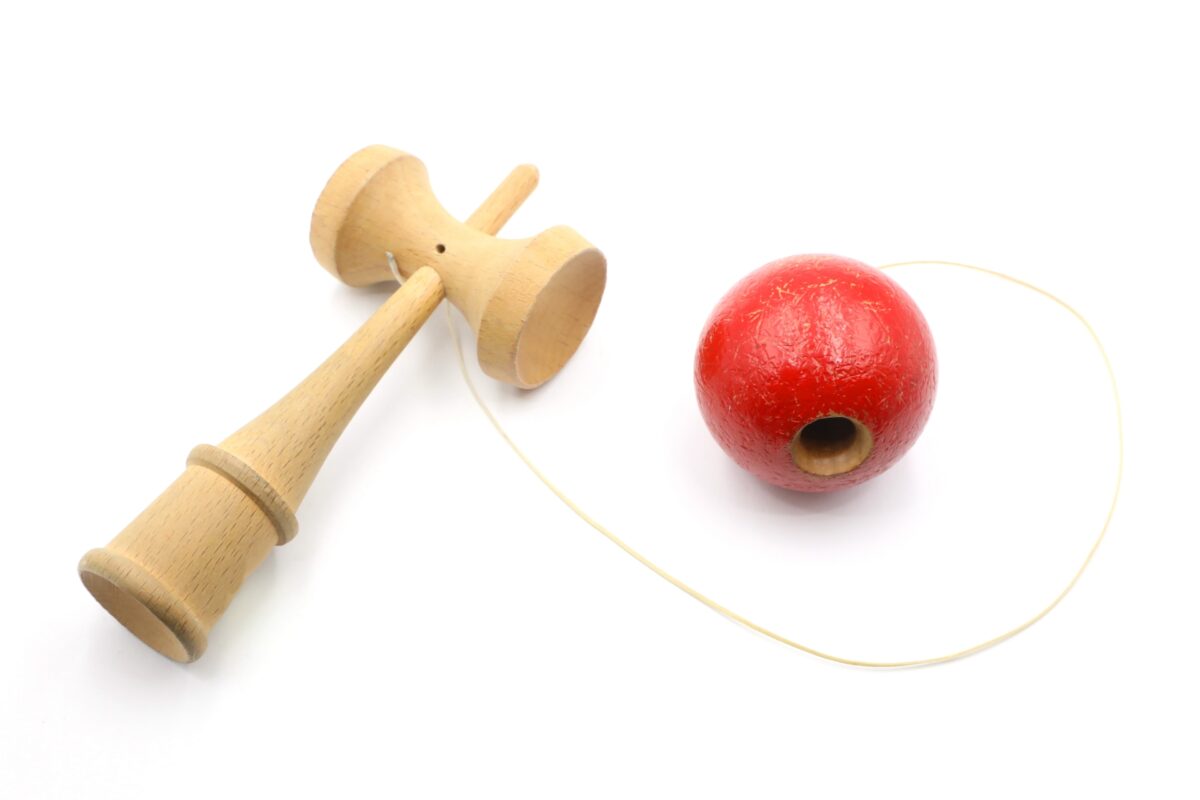
Similar to the classic ‘diabolo’ skill game that many people enjoy all over the world, kendama (けん玉) is also a game that requires dexterity and a lot of practice if you want to become good at it. The kendama consists of a ball, a string, and a landing spot for the ball, and the aim of the game is simple: catching the ball after you let it go up. There are no strict rules as to how to play kendama, and experienced players like to vary with things like their grip on the handle or ball. Playing with a kendama is known to improve your agility and accuracy, and it is even seen as a way to train the ability to control robotic arms! You can see people play kendama in many parks throughout Japan in their free time, especially during the new year holiday season.
4. Onbashira
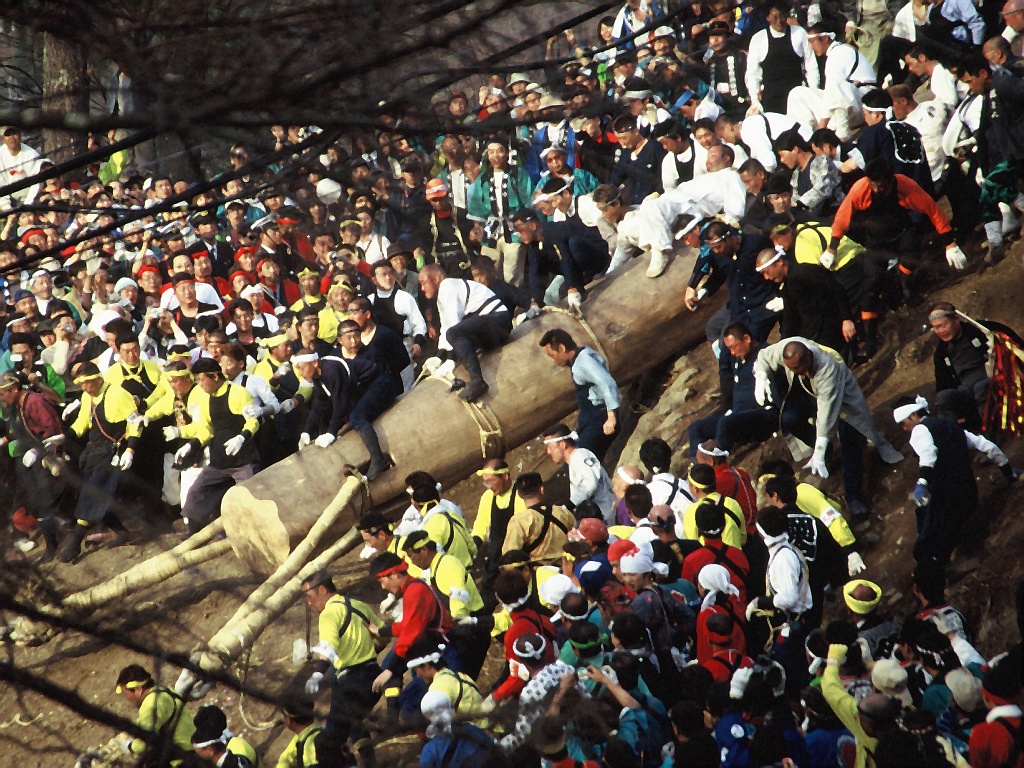
Possibly one of the most dangerous of the Japanese traditional sports is onbashira (御柱), which takes place only once every 6 years in the area of Lake Suwa in Nagano. During a dedicated festival, 16 large cedar trees are cut and transported down the mountain. This is when local participants mount these logs down the hills, which surely looks like a very fun ride but also regularly injures the riders. If you want to watch this thrilling albeit dangerous event, make sure to be in Japan in the year of the Tiger or Monkey in April and make your way to the Suwa Grand Shrine complex.
5. Yukigassen

Who doesn’t like a good snow ball fight? In Japan they surely do, and it is done in a competitive style with an activity called yukigassen (雪合戦), which simply means ‘snow battle’. Similarly to dodge ball, which is by the way also a much-loved activity in schools all over Japan, there are 2 teams of 7 facing each other where players are eliminated from the game as they are hit. In order not to lose precious time making the snow balls while playing, 90 of them are made in advance so once the game has started, players can go all-in. There are actual matches held that also involve teams from other snowy countries, with the world championship held in Sobetsu, Hokkaido.
6. Park Golf
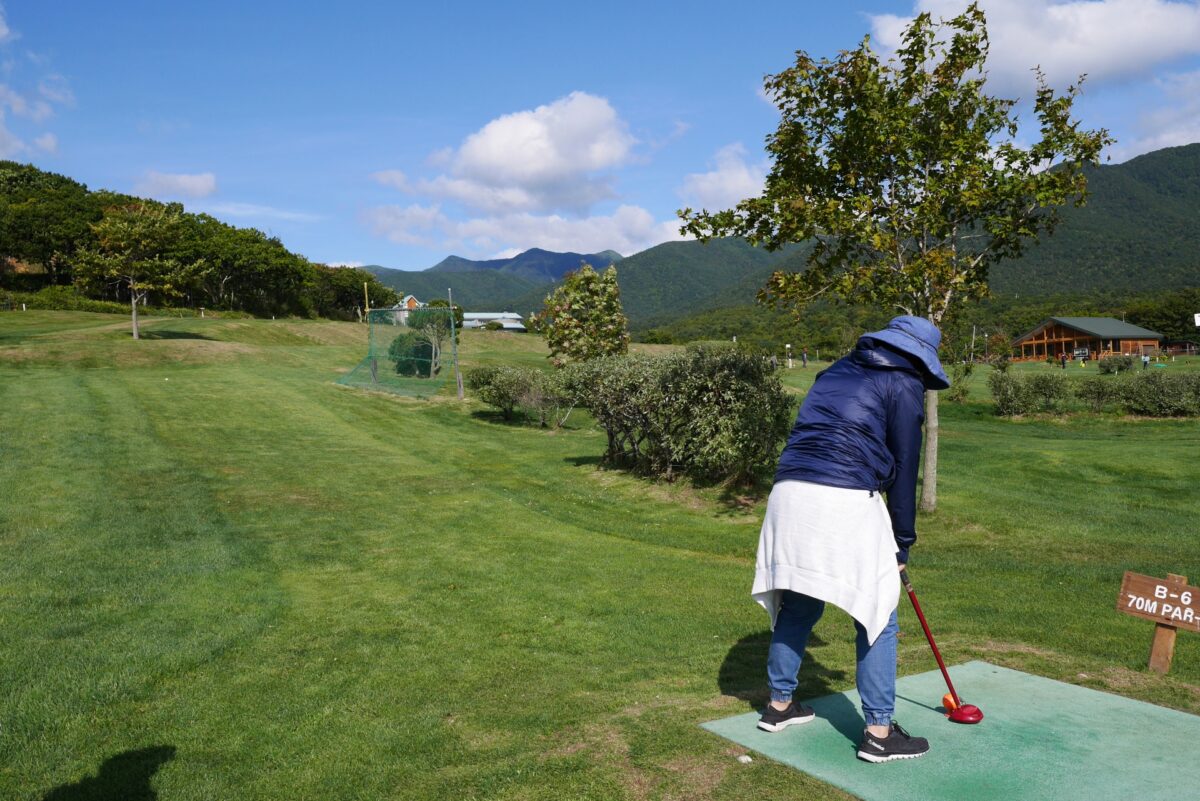
Many Japanese office workers like playing golf during work hours as well as in their free time to improve their swing. But it can feel a bit intimidating, especially for beginners, to enter the slightly elite world of regular golf. So in Japan, they invented park golf (パークゴルフ) in the 1980s, a form of golf where participation is more important than winning and the rules are simpler. Parkers, as players call themselves, enjoy the natural surroundings at least as much as the game, and with it being less physically demanding this sport is very popular amongst pensioners.
7. Kyudo

Many countries have a history of archery as a sport, and Japan is no different. The traditional Japanese sport that uses a very long bow and arrow is kyudo (弓道), which literally means ‘the way of the bow), and its history goes back to the prehistoric period when people used bows to hunt. Later, bows were used during the many wars that raged in Japan between the 12th and 16th century when the samurai ruled Japan. From the Meiji Period, kyudo became a martial art for the public to learn. Nowadays, kyudo is played by kids and adults while wearing a traditional hakama. You can often see people on the streets of Japanese cities who wear tell-tale clothing and equipment when they are on their way to kyudo practice.
8. Kendo

Another Japanese martial art that originated from warfare training is kendo (剣道), or ‘the way of the sword’. Used to train samurai for one-on-one combat for many centuries, after 1950, kendo became a competitive sport. Kendo practitioners wear heavy clothing to protect them from the opponent’s hard blows and use a bamboo sword to attack. Each fighter’s aim is to hit the opponent at certain spots of the body without being hit themselves. The one with the most points once the match is over, wins. Just like in other Japanese martial arts, it is not only the outcome of the match that is important, but also the way players carry themselves. Not showing proper concentration and respect leads to point reduction or even suspension, so practicing kendo is also seen as a great way to build a strong and disciplined character.
9. Yabusame
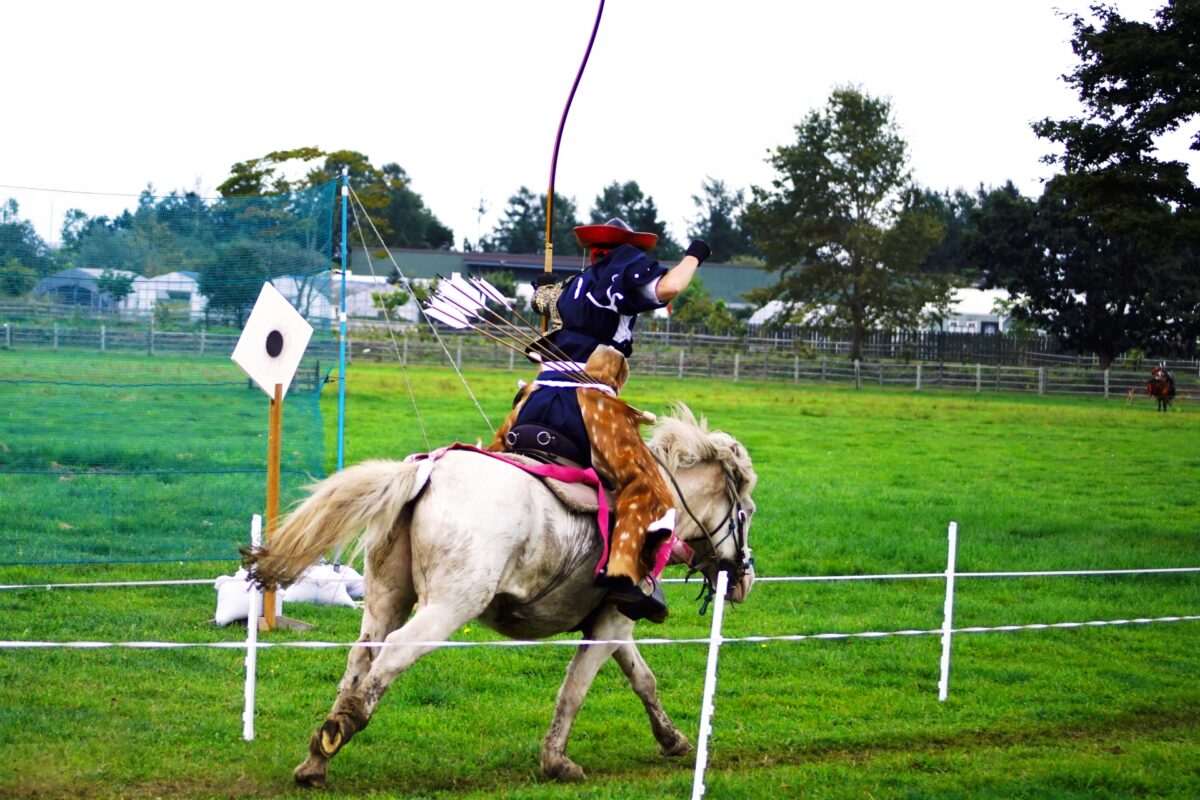
What is more exciting than regular archery? Archery that’s done from horseback! Yabusame (流鏑馬) was developed in Kamakura in the 12th century after the Shogun of the time realized that his samurai weren’t skilled enough at archery, what was first practice for those lacking warriors became an exciting part of several festivals. One of these matsuri is held every September 16 at the family temple of the Minamoto clan who founded the sport, the Tsurugaoka Hachimangu shrine in Kamakura. Aoi matsuri, one of the 3 biggest Kyoto’s festivals, is also famous for Yabusame. Aoi is the sacred plant used at Kamigamo shrine and Shimogamo shrine and by the Tokugawa family as their family crest. Riders shoot a volley of 3 arrows at 3 wooden targets while their horses go at full speed, which is truly spectacular to watch because of the high level of skills involved.
10. Kemari
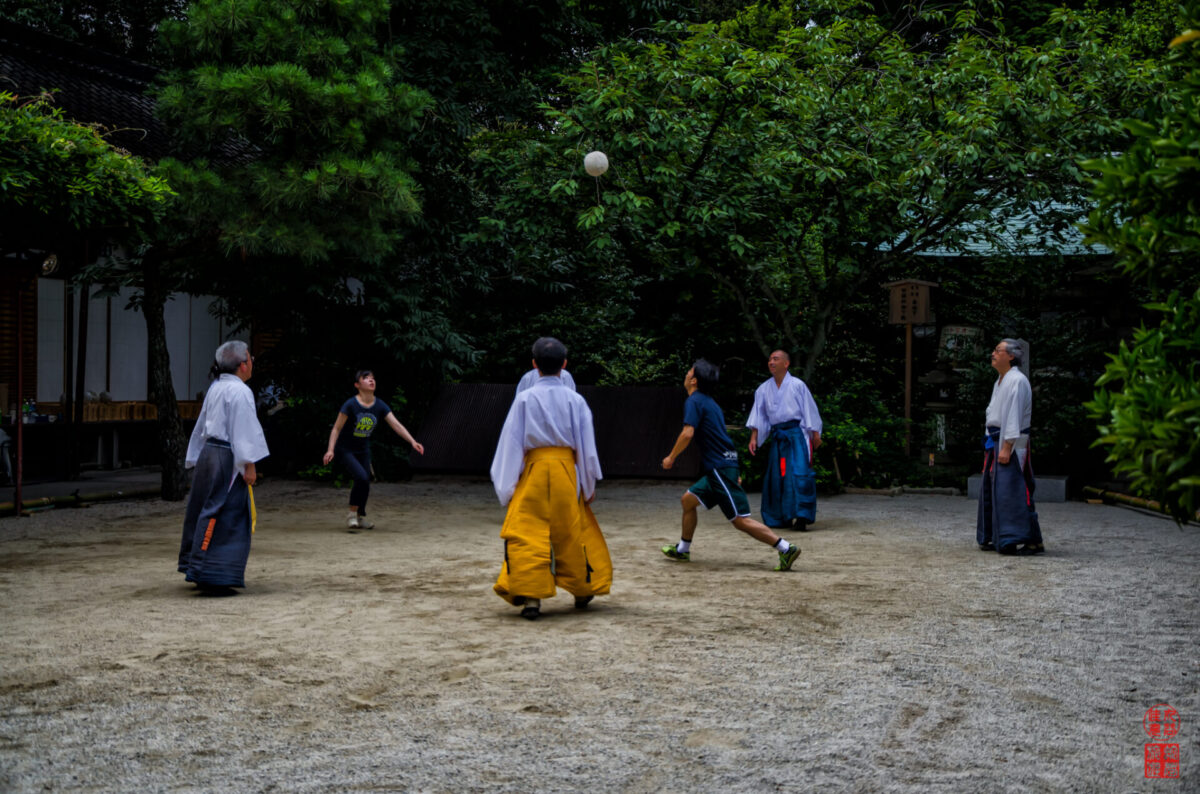
Kemari (蹴鞠) looks a lot like a Japanese traditional version of soccer. Probably introduced by the Chinese around the year 600 who already had their version of football, standardized rules appeared from the 13th century. The aim of the game is simple, as you all work together as a team to keep a ball in the air without using your hands or arms. Kemari is not a competitive sport, and nowadays, you can see people engage in this ancient sport during festivals at Shinto shrines. In spring and autumn, the special events held in Kyoto imperial court also have the Kemari games!
Japan Wonder Travel Tours
Japan Wonder Travel is a travel agency that offers guided tours throughout Japan.
From private walking tours to delicious Food and Drink tours, we can help you organize the best tours just for you! If you want to explore Japan and learn more about the history and backstories of each area you are visiting, our knowledgeable and friendly English speaking guides will happily take you to the best spots!
In addition, we can provide you with any assistance you may need for your upcoming trip to Japan, so please feel free to contact us if you have any questions or need some help!
▶Tokyo Tsukiji Fish Market Food and Drink Tour
Explore the most lively and popular fish market in Tokyo and try some of the local’s favorite street foods and sake with one of our friendly and knowledgeable English speaking guides!

▶Tokyo 1–Day Highlights Private Walking Tour (8 Hours)
There’s no better way to explore an area than taking a tour with a knowledgeable local guide. You will have the chance to learn about the history and interesting background stories of Tokyo, as well as discover some hidden gems which can be hard to do without a guide.

▶Mt. Fuji Day Trip Bus Tour from Tokyo
Experience the breathtaking views of Mt. Fuji by visiting the highlights of the area on our guided sightseeing bus tour! Departing from Shinjuku in central Tokyo, you can travel comfortably to all of the best spots in the area by bus.

▶Kyoto Private Full Day Walking Tour
On this full-day private tour of Kyoto, you will be able to see the highlights of Kyoto in just one day and at the same time develop a deeper understanding of both the culture of the area and Japan as a whole.

Follow us on Instagram, Facebook, Twitter, and TikTok for more travel inspiration. Or tag us to get featured!
Happy traveling!
